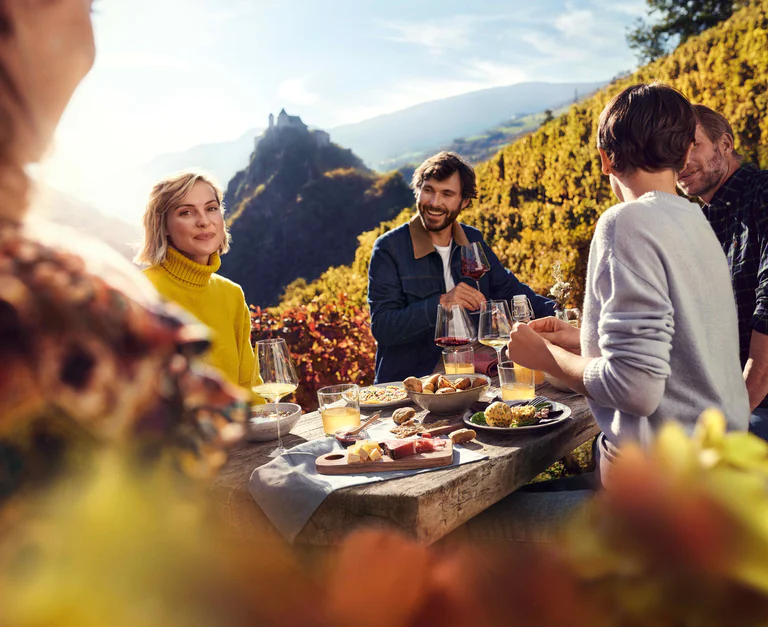This fortress was built around 1250. After the fire in the year 1671 the lock remained a ruin, until it was bought and rebuilt in the year 1895 by the well-known castle friend Dr. Otto Piper. An inspection is not possible, since the lock is inhabited by a family from Klausen.























